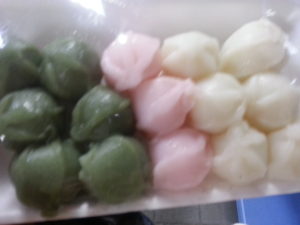
Food in Seoul is an interesting fusion of Korea, American, and European origin. After the Korean War, there was a long period of rebuilding and many Western influences left their mark on Korean culture. While some places will list food in English, most just have picture menus, so eating out can become a game of roulette, as you never know quite what you’ll get. Most street food will cost about ₩10,000 KRW ($8 USD/11$ CAD) or less.
Waffles are popular in Korea. Wherever you go, there’s at least one café or stand selling waffles with everything from Nutella and strawberries to ice cream and mozzarella. Usually the waffle is plain with the toppings providing flavors, but sometimes they’ll use one with fruit-filling.
Pancakes are also popular in Korea, but not the syrupy kind. A true Korean food, they are often stuffed with chopped nuts, honey, or cinnamon, a perfect on-the go pick-up snack. These are usually found in stalls near traditional markets, and they are not small either.

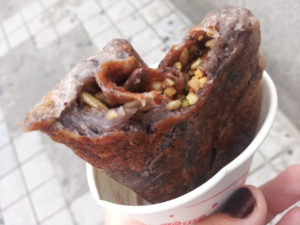

The Noriyangjin, known for the Fish Market, is home to many college and high school students, cramming for exams, so the food stalls do a booming business late at night. There’s bibimbap bowls filled with eggs, cheese, and spam (a delicacy in Korea), to Seolleongtang, beef soup with wheat noodles and spicy jalapenos, a specialty of Seoul. If you’re feeling homesick, look for the Potato Dogs, a corndog with pieces of French fries baked into the cornmeal batter, sprinkled with sugar and ketchup. Due to the proximity of the Fish Market, there are stalls selling all kinds of deep-fried sea food. However, most of it is unidentifiable, although still delicious.
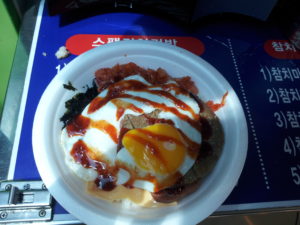

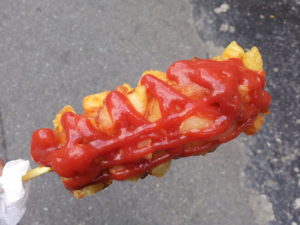

In Myeong-dong, there are tons of street food stalls to choose from. A popular take on Korean food is the tteok-galbi meatball skewer, served with tartar sauce. Another is traditional Korean honey ice cream (not, as a friend who was showing me around said, actually a traditional Korean food, but still delicious), served in a taiyaki-cone with a slice of honeycomb on top. Another favorite is egg bread, a small, slightly sweet loaf, with a whole egg cooked on top or inside.
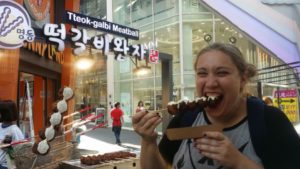
Finally, though not really street food, the vending machines, particularly found in subways, have plenty of interesting food and drinks for sale. There’s fruit-flavored soda (a favorite of Koreans), sikhye (a sweetish rice drink, which you must shake before drinking. Don’t worry, it’s not carbonated), and plenty of strange snacks from the Lotte vending machines, in all flavors. Popular Western drinks are Coke and Dr. Pepper, but if there is a difference in taste and ingredients, I couldn’t taste it.

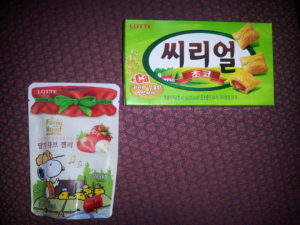
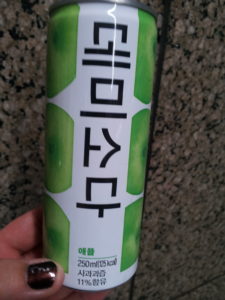
A word of advice: just because something is pastel colored, does not mean it is sweet. I learned that the hard way when sampling an unknown batch of sticky buns, filled with unidentifiable liquid (it did not taste good). Even so, it’s always fun to try the food you see, for you never know what new delights you’ll find.
